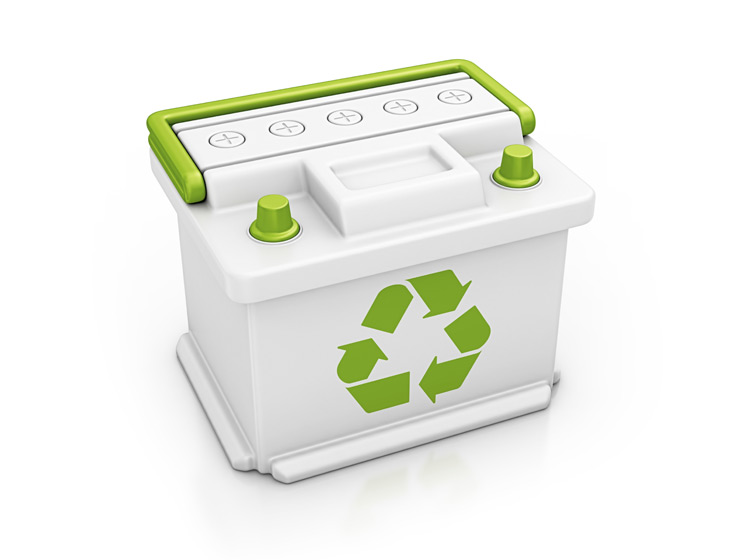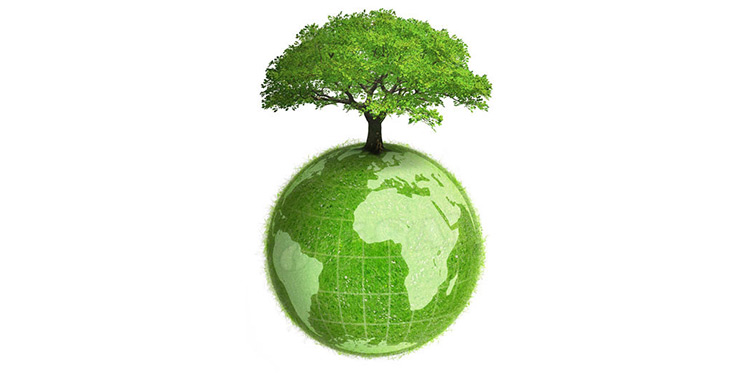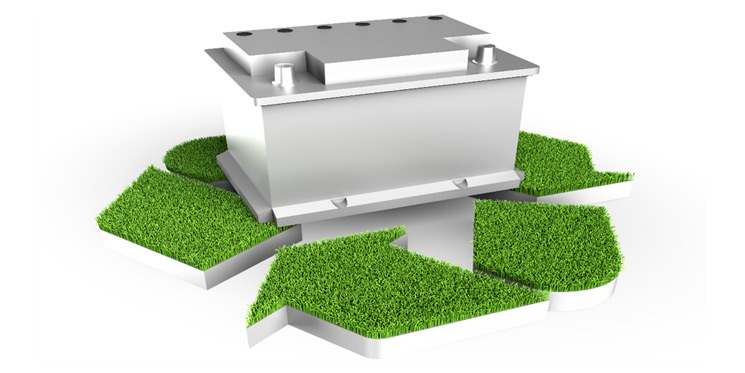G.J. ROUSSAKIS SA focuses its philosophy in respecting people and the environment, therefore the company created a scrap battery recycling program. In this way the company actively contributes to the protection of the environment and at the same time rewards all partners that are actively involved.
G.J. ROUSSAKIS SA holds a collection / transport (ΑΔΑ 4ΑΣΕ0-ΣΤΙ. 13/07/2011) and secondary storage license (ΑΔΑ ΒΕΤΟ7Λ7-ΧΕΥ. 21/02/2013) for scrap batteries and is obliged to provide all legitimate certificates.

Battery recycling benefits
The benefits of batteries recycling are common for all: creating a better environment for us and for our children.
In all European countries scrap batteries recycling takes place for:
- Environmental protection and the improvement of the quality of life
- Reducing the volume of waste that ends up in landfills
- Saving raw materials
- Energy savings
- New jobs creation
- Contribution to culture, since alternative waste management is a cultural marker
Procedure
Recycling of scrap batteries and lead recovery is based on pyrometallurgical process.
The installation is schematically defined in three areas, which are:
- Chopping, with sorting, separation and storage of various battery components
- Separation and "melt" that produces the so-called "secondary lead"
- Cleaning and shaping
- Scrap battery recycling offers 70% energy savings in the equivalent production of primary lead. Equivalent is the benefit from recycling plastic battery packing material
Selection- fracture – batteries separation
Scrap batteries are collected at recycling units for initial screening and load control.
This sorting step is essential for the removal of possible non-compatible materials (nickel - cadmium batteries, ferrous components, various wastes). Scrap batteries are loaded onto conveyor belts and through the funnel are sent for fracture and cutting.
Then, the electrolyte is removed and the separation and washing of plastics and scrap batteries lead parts takes place.
At the end of this phase we have lead paste, separator grids, battery terminals, polypropylene and plastic mix. Led paste in sludge form is recovered in a filter press unit.
The usual concentration of lead is about 99% in metallic form and is recovered via redox in cylindrical melting furnaces. Separator grind and battery terminals are send to the melting furnace.
Polypropylene in its exit from the separator is recovered through aerial seperation and flotation and is sent for crushing.
From the plastic mix, a part after rinsing, clean and free of debris material is sold as a product to plastics manufacturers. While the rest, polyethylene to the biggest extent, is recovered or sent for storage.

Melting and reduction of metal compounds
From the melting and reduction furnace we obtain streamed lead and rust.
The processes that take place in this phase, are the following:
- reduction of oxides and sulfate lead with carbon
- release of lead, which is present as lead sulfate, using sodium carbonate and iron
The operating temperature in this phase is more than 1.100 ° C and is achieved with the addition of liquid oxygen, natural gas or diesel.

Purifying
Lead, which exits the furnace is at 900 ° C and must be purified to obtain the desired degree of purity or add additional metals in order to obtain the desired composition as an alloy.
Eventually the processes developed in this phase are:
- removal of surface oxides
- partial or total removal of copper
- partial or total removal of tin
- partial or total removal of antimony
- controlled addition of metal components for the desired alloy composition
Electrolyte processing in recycling plants
Battery electrolyte processing follows the following schematic process:
- collection of battery electrolyte and acid production liquids
- elimination of acid production liquids
- processing
- separation (sludge sent to lead recovery furnaces)
- settling in sand filters
- fraction as waste and the remaining volumes are moving to re installation



